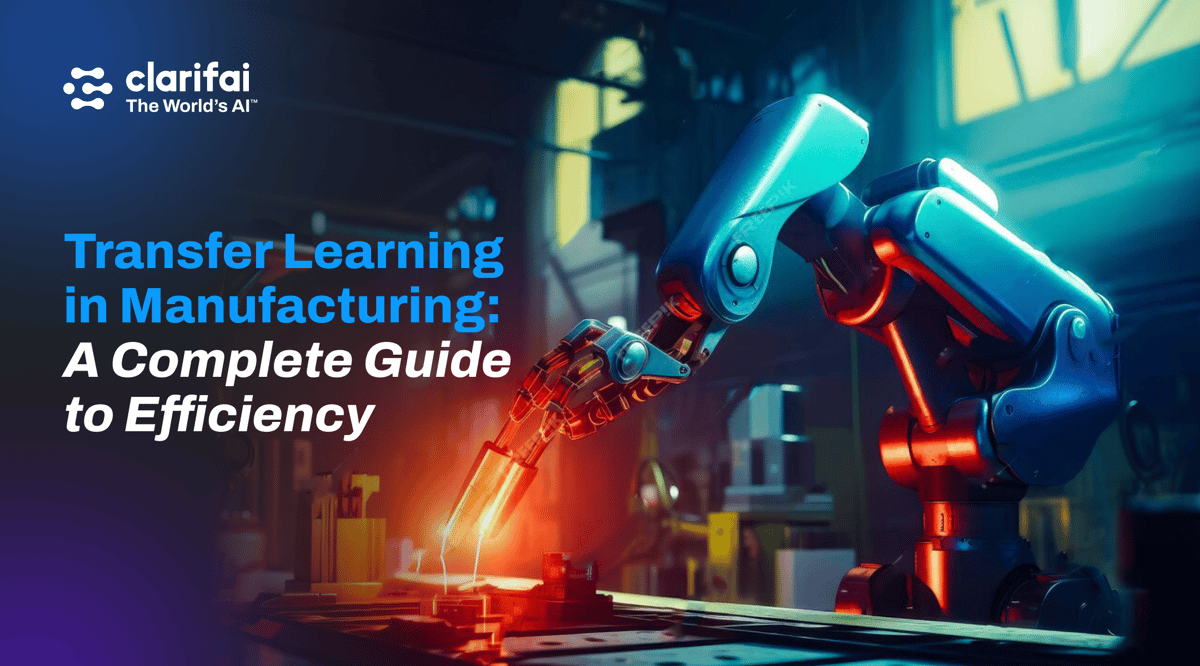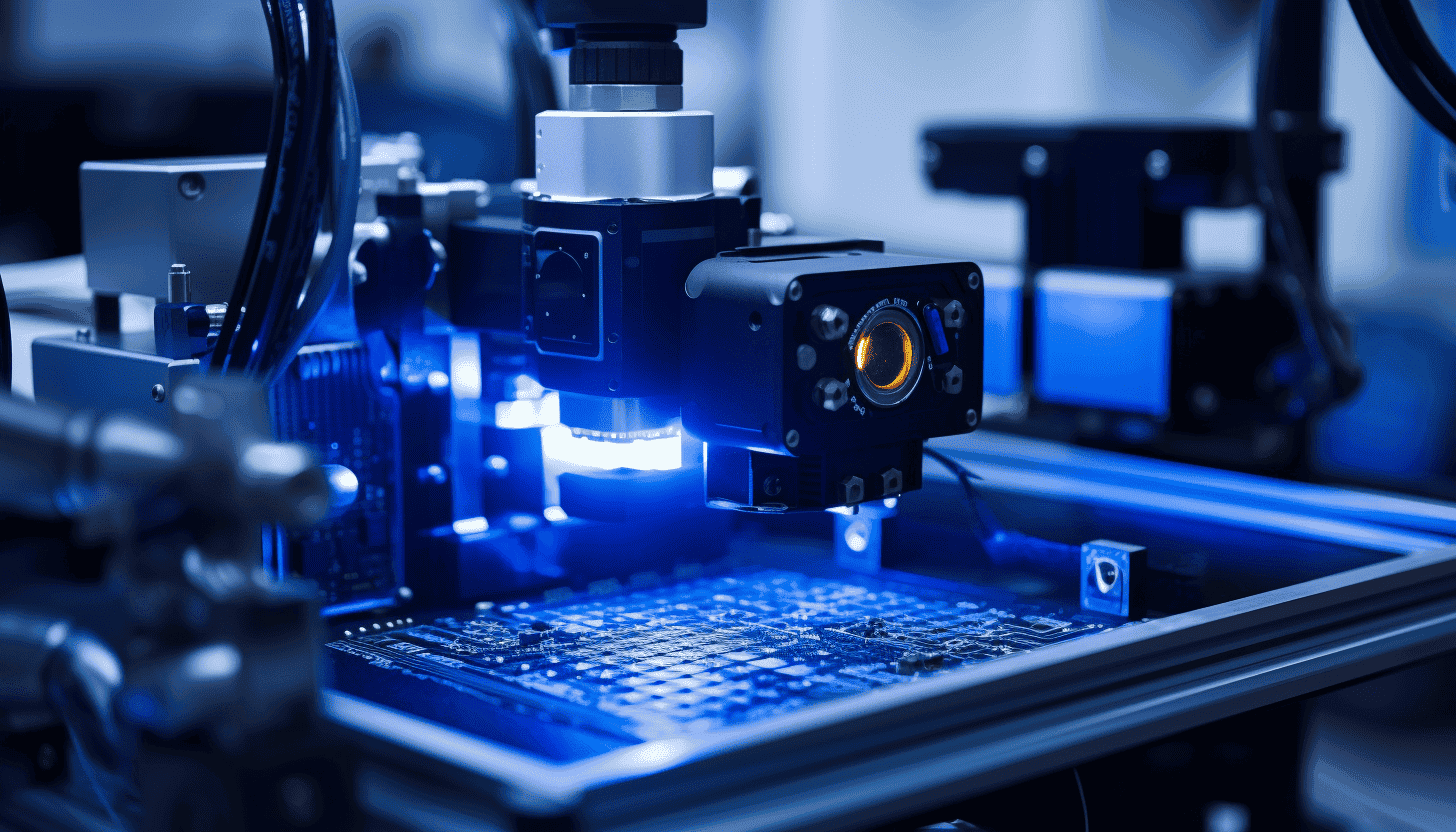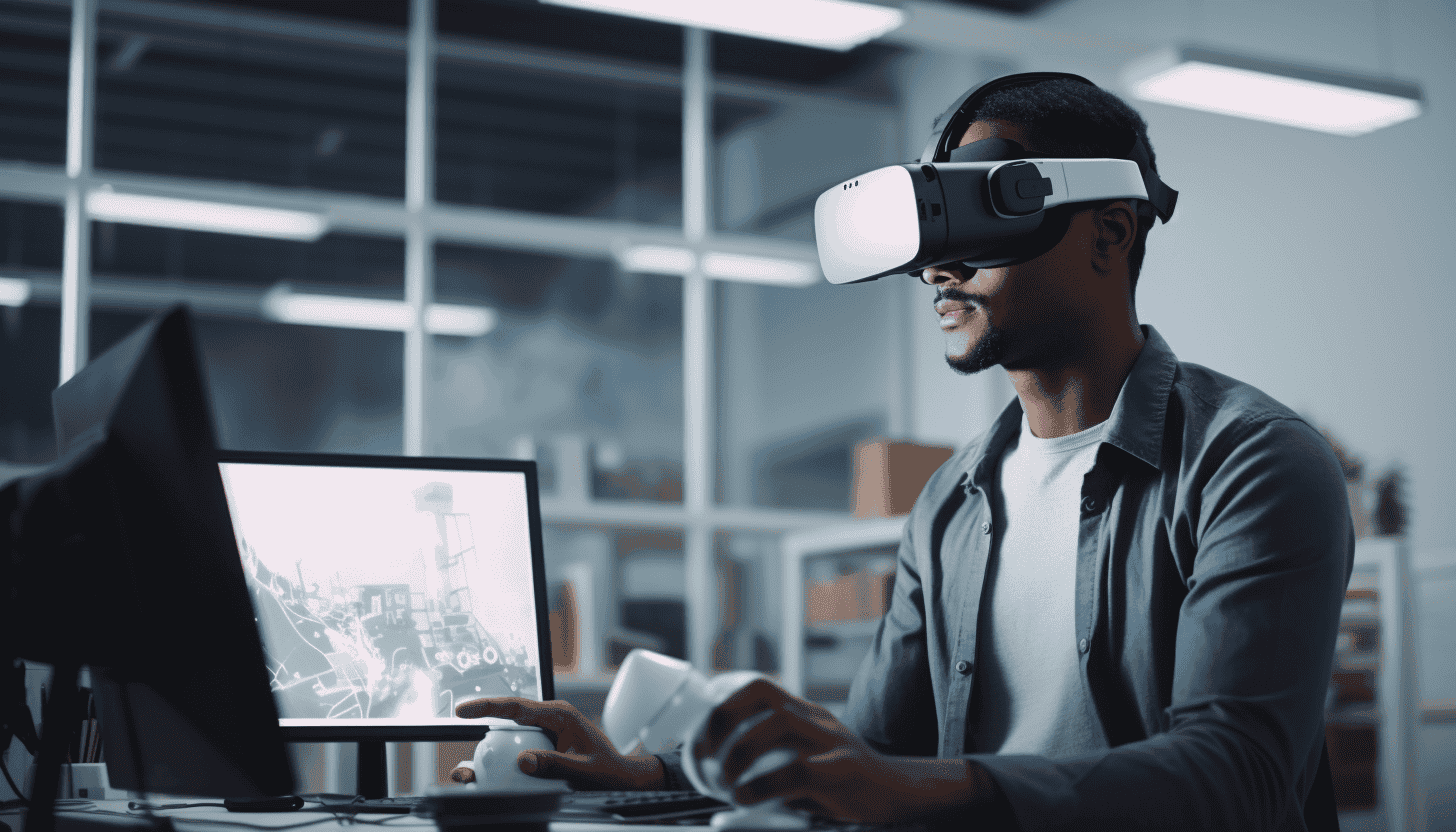
Transfer learning is a powerful technique. By leveraging a pre-trained model as a foundational building block for a new task, it accelerates the modeling process, especially when the domains of the source and target tasks share commonalities.
While transfer learning is often associated with domains like computer vision and natural language processing, its versatility extends far beyond these realms. For example: manufacturing.
Transfer learning has found various practical applications in manufacturing, offering solutions that are both diverse and impactful. Here are a few real-world examples:
Omron used transfer learning to analyze historical and real-time data to refine its production processes. Pre-trained models from similar production scenarios were fine-tuned to adapt to Omron's specific conditions. This led to operational excellence by optimizing factors like production speed, energy consumption, and raw material usage.
Quality assurance teams use transfer learning to improve the optical detection of defects in printed circuit assemblies. Transfer learning models trained on general image recognition tasks are fine-tuned to specialize in identifying manufacturing defects. This has significantly reduced the number of defective products and led to higher customer satisfaction.
Transfer learning is employed to analyze sensor data to predict machine failures, thereby minimizing downtime and saving costs. Models initially trained on general sensor data are adapted to specific manufacturing equipment.
Automated quality checks are carried out using transfer learning algorithms. Pre-trained models are fine-tuned to the specific quality metrics of the manufacturing process, thus automating the quality control procedures and reducing the need for manual inspections.
Transfer learning is utilized to analyze patterns in sensor data to fine-tune manufacturing processes, resulting in more efficient operations and higher-quality products.

In the dynamic world of manufacturing, efficiency is paramount. Companies are on a relentless quest to optimize operations and enhance product quality. Transfer learning has established itself as a powerful tool to this end. But how?
Transfer learning is a multifaceted tool in manufacturing, enhancing efficiency at multiple levels and offering manufacturers a competitive edge.

While the advantages of using transfer learning in manufacturing are well-established, the technique is not without drawbacks. Some of these represent more general problems with transfer learning, but they are important to restate in the context of manufacturing:
Transfer learning relies heavily on the assumption that the source and target domains share some similarities. If this is not the case, the effectiveness of the model can be compromised. Manufacturers may find that the pre-trained models are not as effective as anticipated, leading to suboptimal performance and potentially costly adjustments.
A pre-trained model that is too specialized may perform exceptionally well on the training data but poorly on new, unseen data. This could lead to unreliable outcomes in manufacturing processes, affecting product quality and operational efficiency.
Complex models, especially deep learning models, can be like "black boxes," making it difficult to understand how decisions are made. In manufacturing this lack of transparency can be a regulatory issue and can also make troubleshooting and fine-tuning more challenging.
Large, complex models require significant computational resources for both training and inference. This can be a challenge in resource-constrained manufacturing environments, leading to increased operational costs that may not be viable.
Manufacturing often lacks large, diverse datasets, making it challenging for algorithms to generalize well. The effectiveness of transfer learning models may be compromised, requiring additional data collection and preprocessing efforts.
Industrial processes are often dynamic, changing over time. This can make previously effective models and datasets obsolete. Manufacturers may need to continually update their models, adding to the complexity and cost of maintaining AI systems.
Constant retraining to adapt to changing conditions can be resource-intensive. The lifecycle cost of maintaining a transfer learning model can be high, affecting the return on investment (ROI).
To maximize the advantages and minimize the challenges of using transfer learning in manufacturing, it's crucial to follow a set of best practices. Here are a few best practices to start with:

By diligently following these best practices, manufacturers can not only harness the full potential of transfer learning but also navigate its inherent challenges more effectively.
Transfer learning brings forth a balanced mix of opportunities and challenges in manufacturing. A deep understanding and adherence to best practices enable manufacturers to harness this innovative technology to its full potential, refining processes and solidifying their market presence through improved product quality and operational excellence.
© 2023 Clarifai, Inc. Terms of Service Content TakedownPrivacy Policy






© 2023 Clarifai, Inc. Terms of Service Content TakedownPrivacy Policy